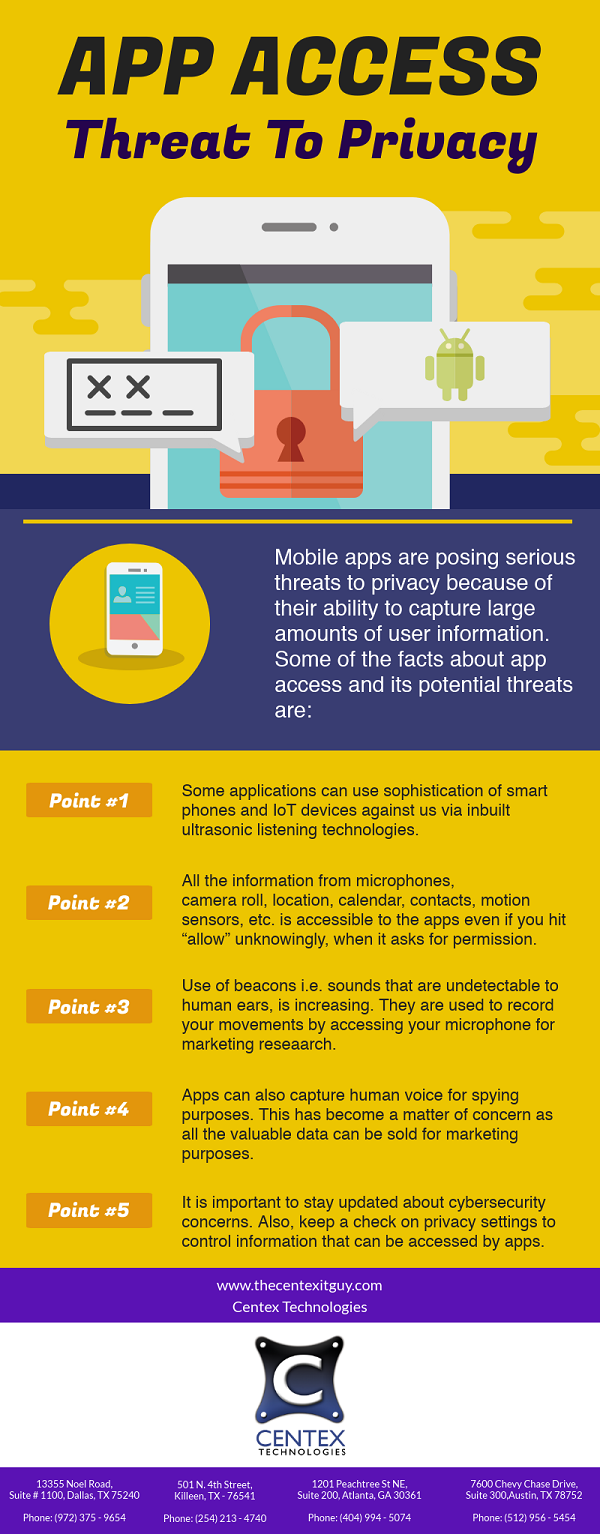Smartphones are nowadays an integral part of business operations. They are used to receive & send business mails, messages and getting business updates. Also, mobile banking applications & business specific mobile apps are being extensively used to manage operations of a business. As smartphones may contain important business and financial information, any kind of breach can leave you at a serious risk.
Hackers use numerous ways to get into your phone e.g. using public internet to download a program. They may make use of the applications downloaded on your phone to access files, passwords and other sensitive information. So, it becomes imperative to keep your devices safe from hackers. However, it is equally important to be able to recognize if your smartphone is hacked.
- Decreased Battery Life: Though mobile applications, software and programs need to use phone’s battery in order to perform to their full capacity; there are chances that a smartphone is compromised by a malware if the phone’s battery decreases at a fast rate. This may be a sign that the malware running in the background is zapping phone’s resources and transmitting important information.
- Performance Differences: If your device is operating slower, constantly freezing and applications are frequently crashing; there is a possibility that a malware is secretly running in the background. Also, the phone may turn on and off randomly or your applications can keep on running even after multiple efforts to close them.
- High Data Usage: A smartphone that has been compromised by a malware uses a lot of data. Unusually high data usage may be due to the spy apps running in the background.
- Unknown Calls Or Texts: Hackers may send links or strange codes to target your phone. Once you click on the link, the hacker will gain remote access to the information on your phone. Thus, it is important to check your phone bills regularly for calls or texts to unknown numbers as this can be a possible malware activity.
- Unusual Pop-ups: If your phone is regularly disturbed by pop-ups, it’s likely that your phone has been hacked. These pop-ups may have phishing links designed to steal sensitive information or download more malware. Users should be careful when clicking the closing icon as these are designed in a way to trick users into clicking on the area that opens up another malicious site.
- Unusual Account Activities: If your device has been compromised, hackers may have access to accounts linked to the device like social media apps, emails and other lifestyle apps. Thus, keep an eye on activities like password reset, unauthorized emails, etc.
For more information about safeguarding your computing devices and protecting your computer network, call Centex Technologies at (254) 213 – 4740.

